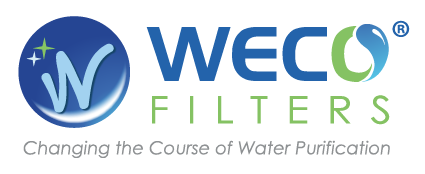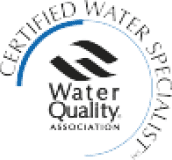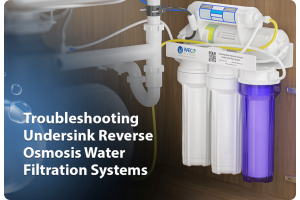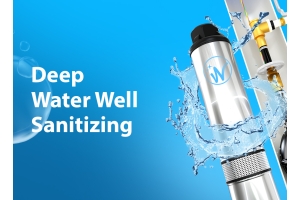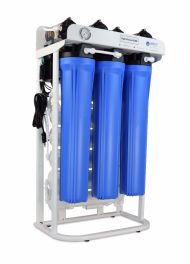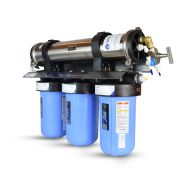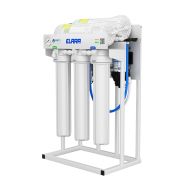What are Microplastics and why should I care?
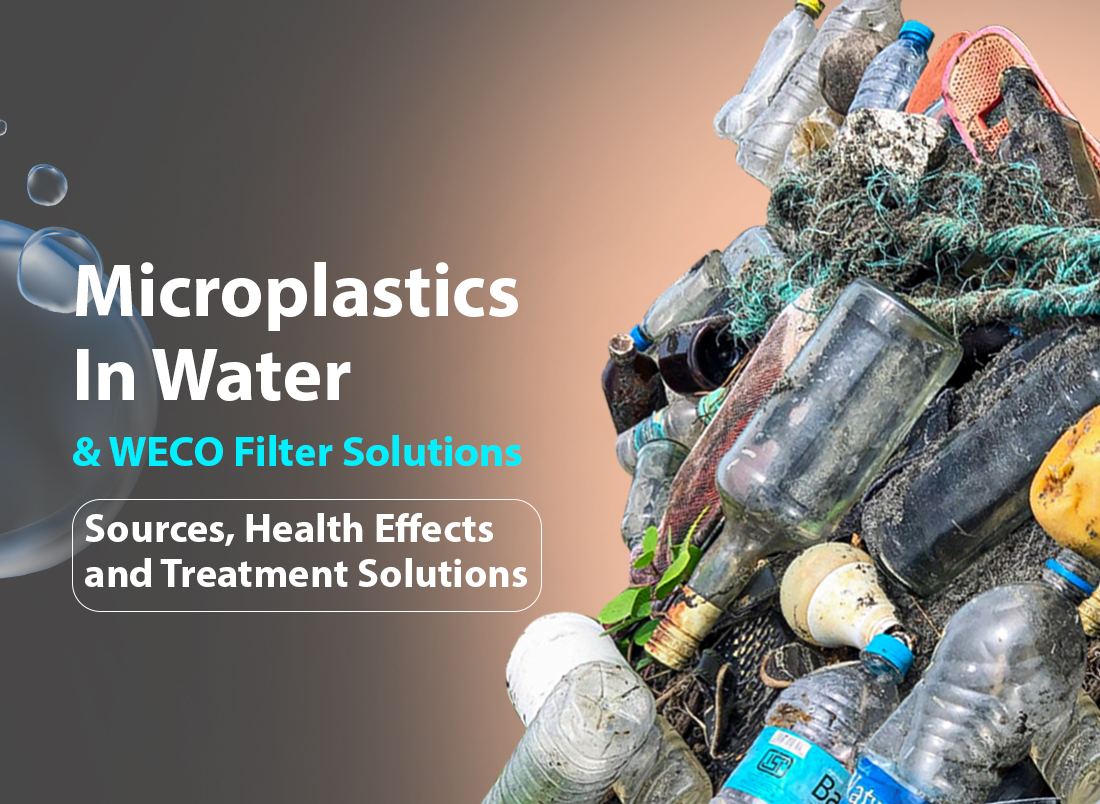
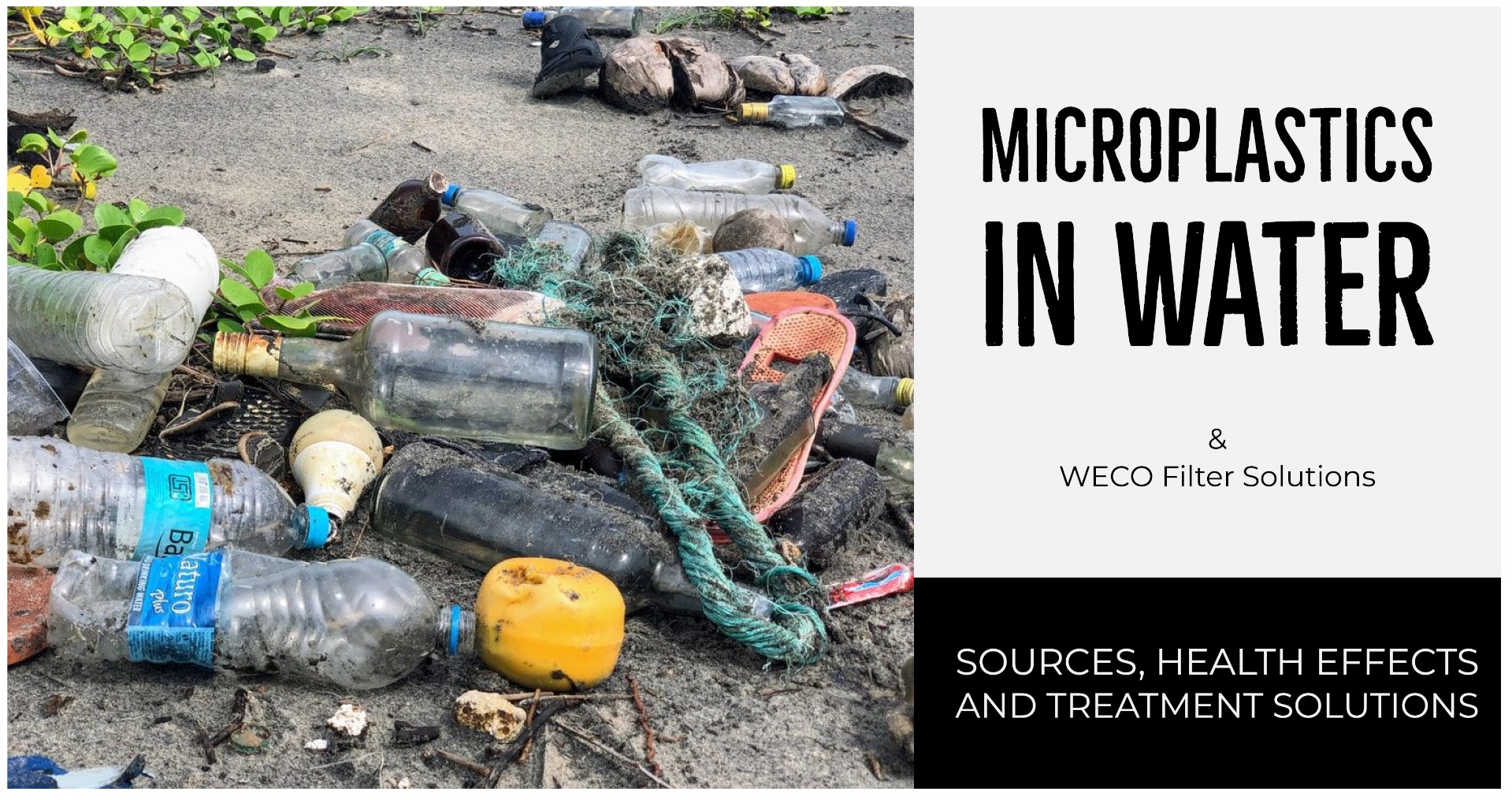
Dan Jackson
What are Microplastics?
Microplastics are considered plastic particles 5mm (5000 microns) in size or less. Plastic particles are in wide use in industries such as cosmetics, ion-exchangers in some water filtration systems, air blasting technology, tires, etc. Microplastics are divided into two classes: Primary microplastics are in their original form, and secondary microplastics are smaller pieces derived from breakdown of primary microplastics. Microplastics have a very long degradation process that contributes to buildup in the environment.
Are there health concerns with Microplastics?
Toxicological effects are largely unknown yet but research continues. Potential effects center around inadvertent delivery of persistent organic pollutants (POPs) as a result of concentration of these pollutants in the plastic itself. For example, ion exchange media used to filter drinking water will concentrate cadmium, iron, and other heavy metals. Some forms of microplastics can also absorb endocrine disrupters, potentially damaging reproductive health for animals in the food chain and even in humans. Endocrine disrupters can have large effects even at very low concentrations.
Microplastics in our drinking water?
An interesting study was conducted by the State University of New York in Fredonia as part of a project sponsored by Orb Media. [i]
259 bottles of water were purchased in China, Brazil, India, Indonesia, Mexico, Lebanon, Kenya, Thailand and the United States. Only 17 bottles were found to be plastic free. On the average, each liter bottle contained 325 pieces of microplastic. Included were polypropelene, nylon, and polyethylene tephthalate. A bottle of a leading brand (Nestle Pure Life) contained more than 10000 pieces of microplastic. Bottles from Bisleri, Gerolsteiner and Aqua also had high levels of microplastic contamination.
 You will find more infographics at Statista[ii]
You will find more infographics at Statista[ii]
What can be done about Microplastics?
At a home level, mechanical micron sediment water filtration systems work quite nicely. A step up, reverse osmosis or nano-filter will filter out microplastics, among other contaminants. At municipal level, cleaning out microplastics in water is a little more complex.
Mechanical Filtration systems (many of them multistage) can filter out particles from submicron to larger. The multistage systems often incorporate a ceramic filter, followed by an activated carbon stage that can remove more contaminants.
(activated carbon is produced by burning something like wood in a reduced oxygen environment. This produces granules that have an extremely large number of pores and thus a very large surface area, allowing removal of contaminants by mechanical filtration and adsorption. Adsorption is the process by which ions or molecules stick to a surface.)
What can mechanical filters remove?
Filtration systems can remove particulate contamination from roughly 0.5 microns and up in size. These filters cannot remove clorine, arsenic, bromine, flourides, nitrates, and other dissolved chemicals. They also cannot remove bacteria or viruses. [iii]
Weco Filters offers a complete line of multi-stage water filtration systems, from point-of-use (the end of your faucet) to larger under-sink systems.
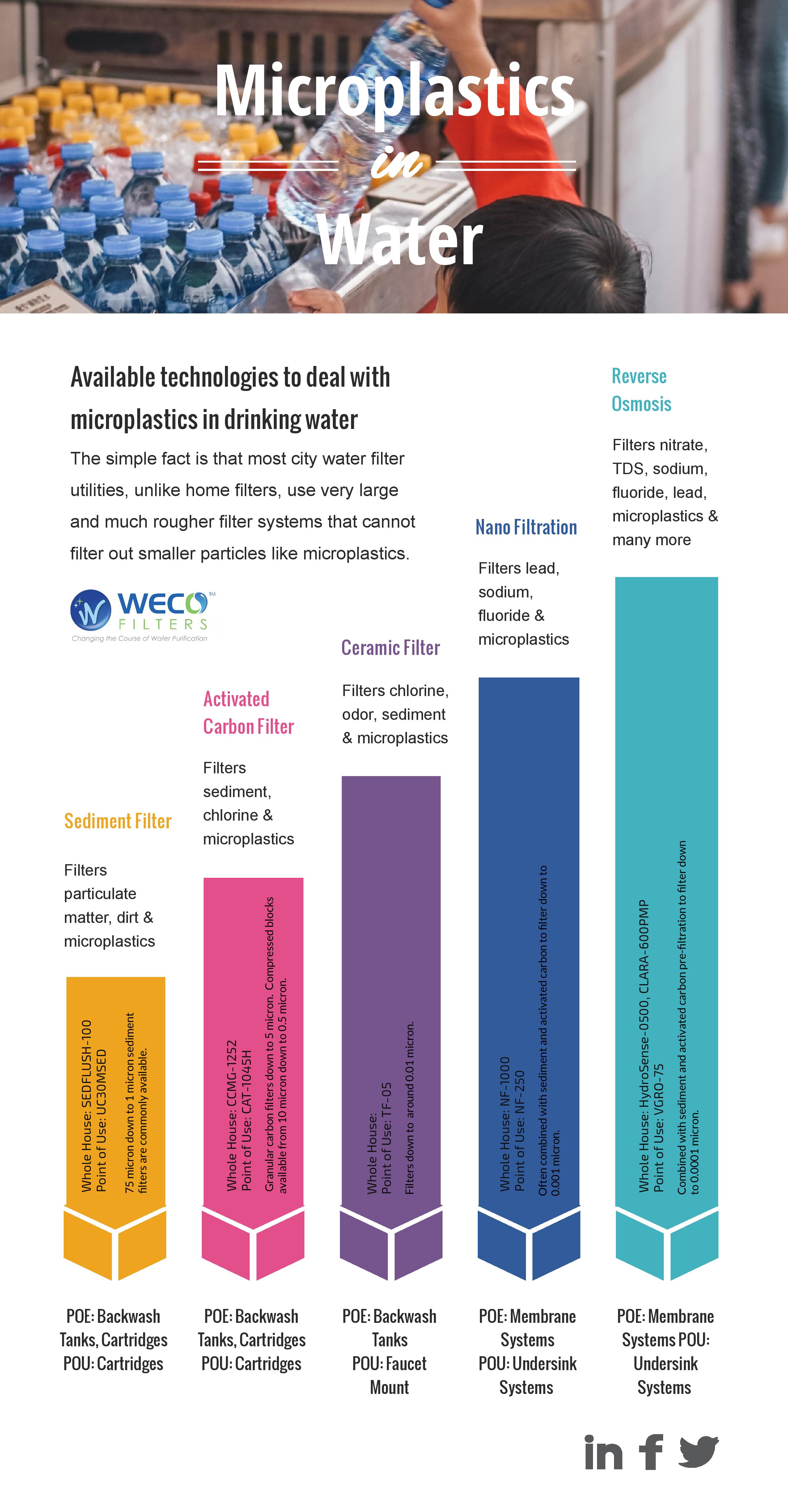
Reverse Osmosis systems - Reverse Osmosis (RO) incorporate mechanical filtration, an activated carbon stage, a Reverse Osmosis (RO) stage, and a post-filter stage, to put treated water into a temporary storage tank for use. Reverse Osmosis is a process whereby pressurized water is forced through a semi-permeable membrane whose pores are so small that only water molecules can pass through. These systems are more complex but do a better job of filtering out undesirable chemical and particulate contaminants.

What can RO systems remove?
RO systems can remove fluoride, salt, chlorine, arsenic (and other volatile organic compounds), herbicides and pesticides. RO systems cannot effectively remove bacteria and viruses. If this is a consideration, Ultra-Violet (UV) systems can be incorporated as the last stage to kill bacteriological contaminants. WECO Filters offers a complete line of RO systems.
Why don’t city systems remove Microplastics?
There is a lot of concern about city water treatment facilities and Microplastic removal. The simple fact is that most city systems use very large and much rougher filter systems that cannot filter out smaller particles. City systems are designed to produce water with no bacteria, and filter out the big particles. They use large tanks with sand and other filter media that just don’t capture the smaller particles. They do, however, quite well at treating water to kill biological contaminants.
The Bottom Line:
In the US, cities generally do a good job of producing water that is safe to drink, from the standpoint of biological contamination. They also do a reasonably good job of filtering out the larger particulate contamination but they are not designed to filter out micron or submicron particulate material. Removal of these particles, including Microplastics, requires treatment nearer the point of use.
Dan Jackson is a retired US Navy submarine sailor based in Houston, Texas. Dan works as a freelance writer for Water Engineering Corporation.
Sources
[i] Mason, S. A., Welch, V., & Neratko, J. (n.d.). SYNTHETIC POLYMER CONTAMINATION IN BOTTLED WATER . Retrieved from https://orbmedia.org/sites/default/files/FinalBottledWaterReport.pdf
[ii] McCarthy, N., & Richter, F. (n.d.). Infographic: Study Finds Microplastics In 93% Of Bottled Water. Retrieved from https://www.statista.com/chart/13255/study-finds-microplastics-in-93-of-bottled-water/
[iii] Contaminant Reduction Claims Guide. (n.d.). Retrieved from http://www.nsf.org/consumer-resources/water-quality/water-filters-testing-treatment/contaminant-reduction-claims-guide
Microplastics - Emerging Contaminants. (n.d.). ANAN Knowledge Base Administration. Retrieved from https://wqa.org.
